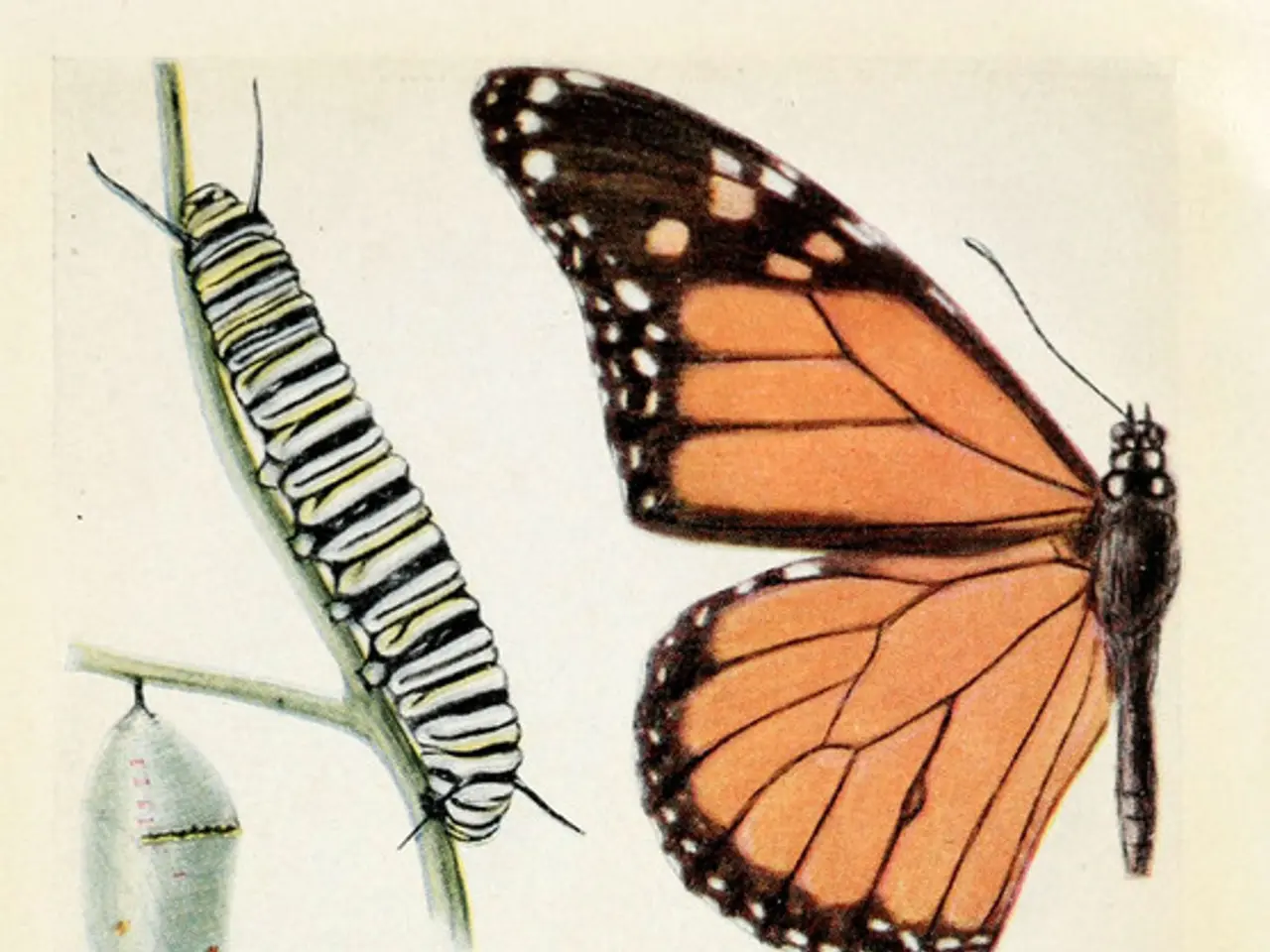Aerial Release of Billions of Flies by America to Combat 'Carnivorous' Maggots
The United States Department of Agriculture (USDA) has launched a renewed offensive against the New World screwworm (NWS) fly, a devastating pest that threatens livestock, wildlife, and human health. Recent detections of the NWS fly in Mexico as far north as Oaxaca and Veracruz have prompted U.S. officials to suspend cattle, horse, and bison imports through the border on May 11.
The American Farm Bureau has reported an expansion of NWS fly populations south of the U.S. over the past several years. This tropical parasite, scientifically named Cochliomyia hominivorax, or "man-eater," targets warm-blooded animals, laying eggs near open wounds and mucous membranes. When the eggs hatch, the maggots burrow deep into the host's living tissue, eating it as they grow and causing painful, potentially deadly wounds.
Historically, the USDA has successfully defeated the NWS fly, from 1962 to 1974, by releasing billions of sterile flies in collaboration with Mexico. This strategy involves breeding millions of sterile male screwworm flies and releasing them into the wild, where these males mate with wild females, leading to no offspring and thus suppressing the population growth of the pest.
In response to the recent threat, the USDA has taken several measures. On June 18, an $8.5 million sterile NWS fly dispersal facility was announced alongside an aggressive plan to prevent the pest from re-entering the U.S., located at Moore Air Base in south Texas. The facility will join an existing one in Panama, which previously helped contain NWS in the Western Hemisphere.
In addition to the facility in Texas, the USDA has invested $21 million toward renovating an existing fly factory in Metapa, Mexico, which will provide an additional 60 to 100 million sterile NWS flies per week. The factory should be complete by the end of the year and could boost domestic sterile fly production by up to 300 million flies per week. Since officials closed southern ports to livestock in May, the USDA has dispersed over 100 million sterile NWS flies per week in Mexico.
The USDA's strategy of releasing sterilized NWS flies has been highly effective historically in controlling this devastating pest and is currently a central component of their renewed efforts to protect livestock in the U.S. against recent threats. This approach is more environmentally friendly than pesticides.
Future implications of this approach for managing invasive insects and parasites in the U.S. are significant. The proven success of releasing sterilized insects against a highly damaging pest like NWS illustrates the potential to apply similar biological control methods to other invasive insect or parasite threats. This could reduce reliance on chemical pesticides, minimizing environmental impact and resistance issues.
The investment in domestic sterile insect production facilities reflects a strategic move toward rapid, scalable responses to invasive pest outbreaks, potentially setting a model for future biosecurity measures. Coordinated domestic and international surveillance and control strategies, combined with sterile insect technology, present a robust framework for managing invasive species that threaten agriculture, wildlife, and human health.
As the planet continues to warm, more invasive insects and parasites may threaten U.S. agriculture, biodiversity, and public health, making sterile fly breeding and distribution programs potentially necessary in the future. Burgess, an assistant professor at the University of Florida, argues that officials should keep fly factories open even after they have neutralized the threat of NWS.
Despite the ongoing efforts, the USDA has not seen a notable increase in parasitic NWS infections in Mexico or any northward movement of this pest over the past eight weeks. If the NWS fly spreads throughout the U.S., it could decimate the livestock industry, kill wild animals in droves, and pose a significant risk to pet and human health.
References: [1] USDA. (2023). Sterile NWS Fly Dispersal Facility Opens in South Texas. Retrieved from https://www.usda.gov/media/press-releases/2023/06/18/sterile-nws-fly-dispersal-facility-opens-south-texas [2] USDA. (2023). USDA Invests $21 Million to Boost Sterile NWS Fly Production in Mexico. Retrieved from https://www.usda.gov/media/press-releases/2023/06/25/usda-invests-21-million-boost-sterile-nws-fly-production-mexico [3] USDA. (2023). USDA Announces Plans to Gradually Reopen Select Southern Border Ports to Livestock Trade. Retrieved from https://www.usda.gov/media/press-releases/2023/07/07/usda-announces-plans-gradually-reopen-select-southern-border-ports-livestock-trade
- The United States Department of Agriculture (USDA) has launched a renewed offensive against the New World screwworm (NWS) fly using sterile flies, a technology in the field of science, to protect livestock, wildlife, and human health from this devastating pest.
- The USDA's strategy of releasing sterilized NWS flies has been successful historically and is currently a central component of their efforts, demonstrating the potential application of biological control methods in future environmental-science research.
- The investment in domestic sterile insect production facilities, such as the one in Moore Air Base, Texas, reflects a strategic move towards rapid, scalable responses to invasive pest outbreaks, aligning with the business and finance sectors' interests in sustainable and efficient solutions.
- In an effort to further combat the NWS fly, the USDA has invested $21 million towards renovating an existing fly factory in Metapa, Mexico, which will enhance domestic and international collaboration in the fields of technology, education-and-self-development, and general-news reporting.
- The recent threat of the NWS fly has prompted the USDA to take decisive action, including suspending cattle, horse, and bison imports, which could impact the lifestyle and business sectors, particularly the livestock industry.
- In addition to its implications for agriculture and environment, the NWS fly's potential northward movement could pose a significant risk to medical-conditions, highlighting the importance of health and sports sectors in preparing for and responding to such invasive threats.
- The success of the USDA's strategy in controlling the NWS fly serves as a valuable case study in the newsworthy field of science, demonstrating the potential for biological control in addressing various invasive insect and parasite threats, and fostering a greater understanding of how to manage such risks in the future.




